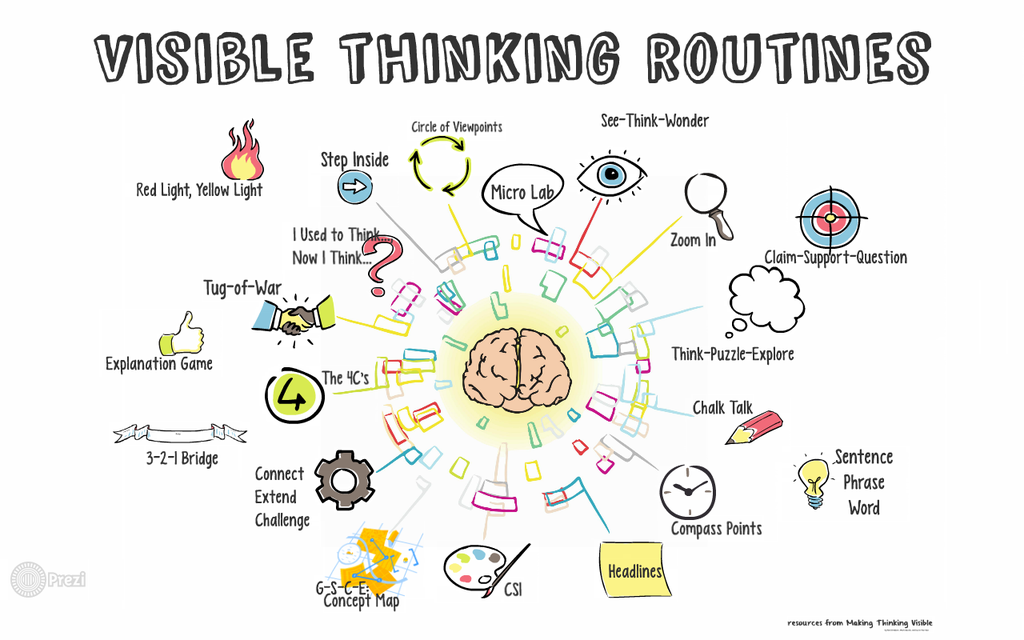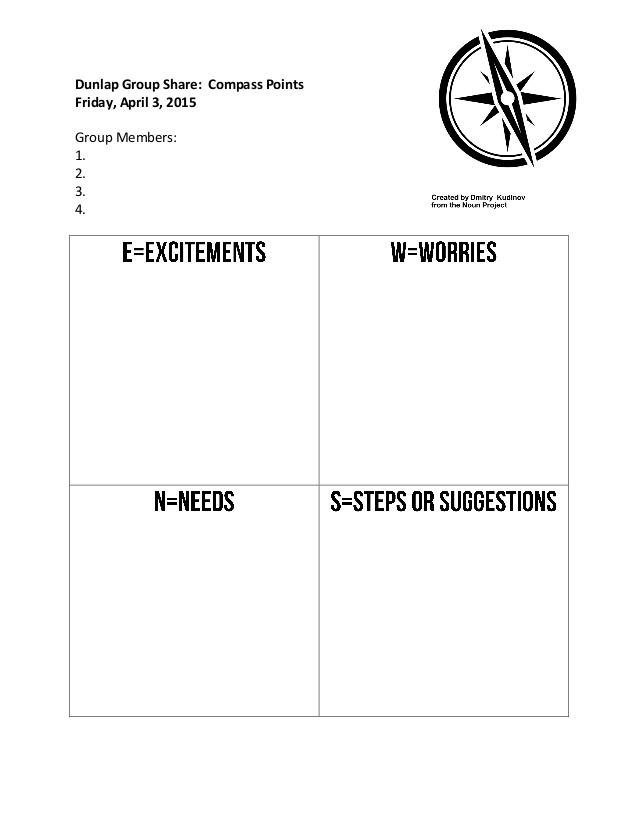Making Thinking Visible In An Organisation
Table of Contents
As a part of our weekly knowledge sharing initiative, last week I took a workshop on Visible Thinking. About 30 team members participated in the workshop. This is a pretty unusual topic for an organisation and you will see why.
Visible Thinking is a broad and flexible framework for enriching classroom learning in the content areas and fostering students’ intellectual development at the same time.
Some of its key goals are…
– Deeper understanding of content.
– Greater motivation for learning.
– Development of learners’ thinking and learning abilities.
– Development of learners’ attitudes toward thinking and learning and their alertness to opportunities for thinking and learning (the “dispositional” side of thinking).
– A shift in classroom culture toward a community of enthusiastically engaged thinkers and learners.
As I mentioned before this topic looks very basic for a 14-year old organisation employing engineers and designers (aka adults!). But when I dug a little deeper, I felt many of the concepts are applicable not just to Digicorp or CricHeroes but perhaps to any organisation of any size.
As explained on the Visible Thinking website,
Skills and abilities are not enough. They are important of course, but alertness to situations that call for thinking and positive attitudes toward thinking and learning are tremendously important as well.
As adults, we often think in shallow ways not for lack of ability to think more deeply but because we simply do not notice the opportunity or do not care.
This is probably the biggest finding of the research, which is going on for many years now at Harvard.
Really good thinking involves abilities, alertness, and attitudes, all three at once (dispositional view of thinking). Visible Thinking is designed to foster all three.
So let’s explore, how can we apply Visible Thinking in an organisation. The best way to start according to me is by applying Routines.
Routine is nothing but any procedure, process, or pattern of action that is used repeatedly to manage and facilitate the accomplishment of specific goals or tasks.
Routines are helpful in directing team members’ thinking and structuring workplace discussions.

Routines (as the name suggests) have to be used repeatedly so that they become fabric of workplace culture else there is no difference between them and strategies.
There are about 7 core thinking routines and many more falling under the 4 thinking ideals — Understanding, Truth, Fairness and Creativity.
With this much background, let’s try to analyse couple of routines from an organisation perspective.
Circle of Viewpoint
This thinking routine helps learners consider different and diverse perspectives involved in and around a topic.
When and where can it be used?
This routine can be used at the beginning of any project to help team members brainstorm new perspectives about a use case, imagine different user personas, and questions connected to them. It can be used after developing a prototype to validate initial assumptions.
The routine also works especially well when team members are having a hard time seeing others’ perspectives (Designer vs Developer) or when things seem black and white.
Since the primary objective of Visible Thinking is to make thinking visible, this has to be put on paper. Following graphic organiser may help for the same.

Compass Points
The thinking routine can help team members flesh out an idea or proposition and eventually evaluate it.
When and Where can it be used?
This routine works well to explore various sides and facets of a proposition or idea prior to taking a stand or expressing an opinion on it.
For instance, the organisation may be considering the idea of a dress code; A product owner might present the product team with an idea of altering a major feature; A shift in strategy because of increasing competition, and so on.
Following graphic organiser may help making this routine visible.

Sounds interesting? Sure it does to me!
We have just started exploring this idea for our organisation and it will surely evolve from here. I will keep sharing how it goes for us.
Meanwhile, I encourage you to watch the 4-min video to cement your understanding about Thinking Routines.
I encourage designers to explore Creative Routines and apply them in your work.
I encourage developers to explore Understanding Routines and apply them in your work.
I encourage parents to study Visible Thinking and encourage their children to try them.
I am Abhishek Desai, co-founder of Digicorp and founder of CricHeroes.
Digicorp is a software consultancy and startup studio based in Ahmedabad, India. We build usable software products for startups. We also work on home–grown ideas and spin off the most promising ones as separate ventures.
CricHeroes is an ultimate Cricket Scoring App and world’s only true Cricket Network.
Abhishek
- Posted on March 14, 2018
Table of Contents


